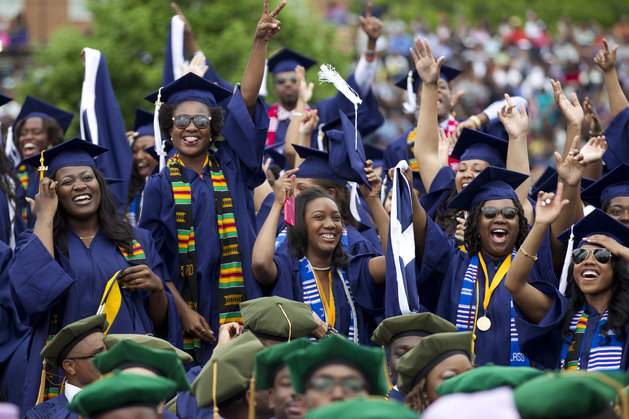
When Michael Sorrell became president of Paul Quinn College 12 years ago, he assessed the dire situation his school was in and made a bold choice: No more football.
“I mean, we’re in Texas. We’re an HBCU in Texas,” Sorrell said. “I got a little flak for that, OK?”
But to him, eliminating the program was the only way the historically black college in Dallas, which was founded in 1872 by a group of preachers from the African Methodist Episcopal Church to educate freed slaves and their children, could get back on track.
Football had cost the school roughly $600,000 to $1 million a year, he said, and scholarships went mainly to the players. Meanwhile, other students struggled, faculty and staff members were leaving, and buildings had fallen into disrepair.
“We were roughly 18 months to 24 months away from closing. We had financial problems. We had academic problems. We had morale problems, and it was the prototypical scenario for an institution that had been struggling for a long time and the end of the road was coming,” he told NBC News in a phone interview.
The challenges Paul Quinn College faced are not unique, experts said, even if its solution was one of a kind.
Last month, when billionaire philanthropist Robert Smith thrust historically black colleges and universities (HBCUs) into the national spotlight by pledging to eliminate up to $40 million in student loans for Morehouse College’s almost 400 graduates, his gift was heralded as both historic and likely life-changing for those students.
But student loan debt is merely a symptom of a systemic problem that dates back to the schools’ beginnings, according to Marybeth Gasman, a professor at the University of Pennsylvania and an expert on HBCUs.
Head over to TMCF.org to read more.



